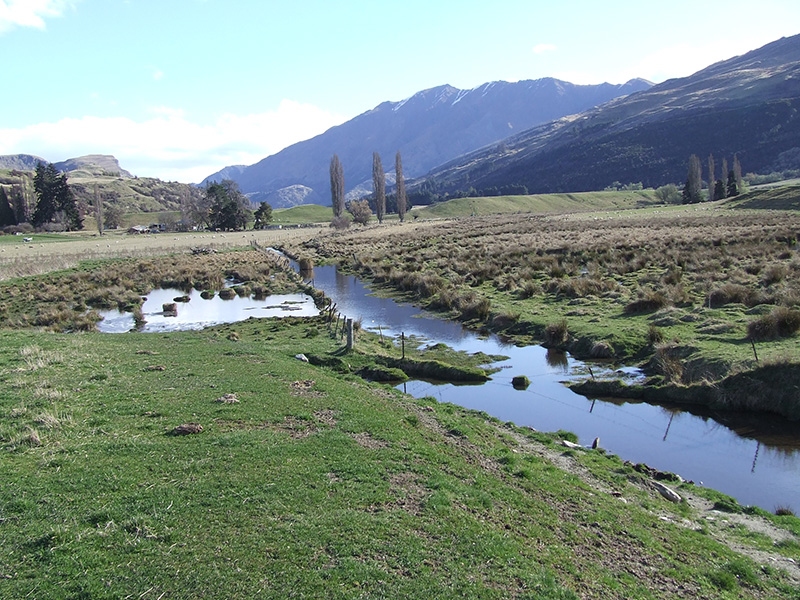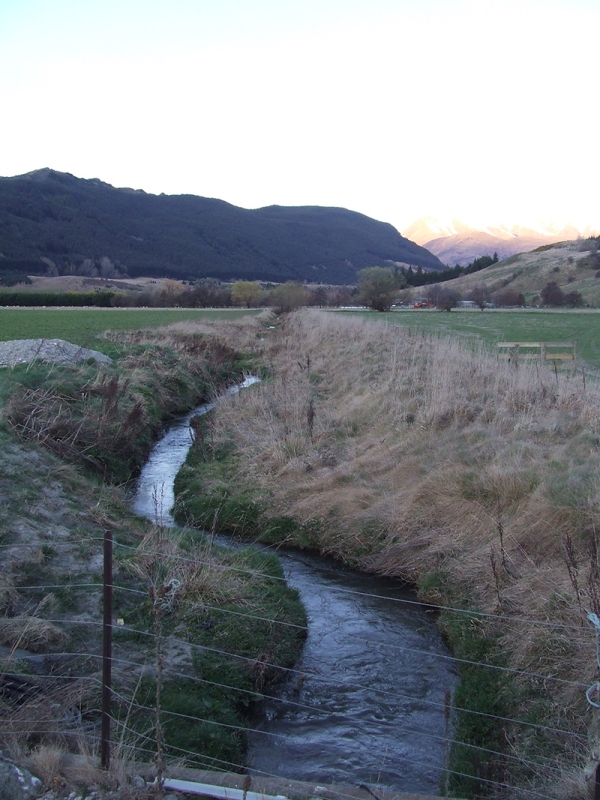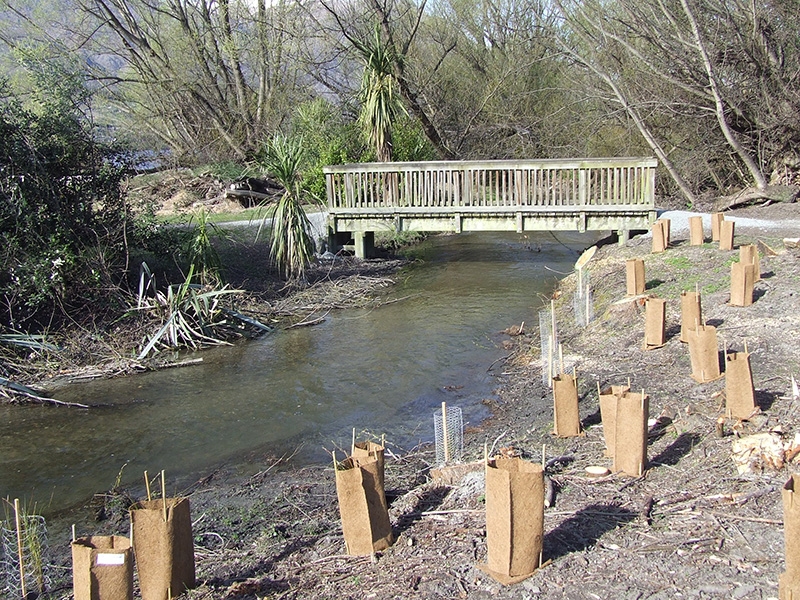A NIWA study has helped secure funding to restore the water quality of Lake Hayes in the Wakatipu Basin in Central Otago.
“NIWA researchers Brandon Goeller, James Sukias and Andrew Hughes were commissioned by the Friends of Lake Hayes to investigate nutrient hot spots around the lake’s catchment.
The results of their research were used by Friends of Lake Hayes in a successful application for funding from the Government’s Jobs for Nature programme.
The catchment group was awarded $4.45 million in September 2021, which will resource the group to implement several of the options NIWA researchers recommended.
There have been many studies aimed at improving the water quality of Lake Hayes, but the NIWA study, in September 2019, was one of the first to focus on hot spots around the catchment where water quality and riparian management could be improved to reduce nutrient and sediment loads to the lake.
“Various scientists and PhD students have looked at options to mitigate the effects of nutrients and sediment in the lake,” Goeller said.
“But rehabilitation requires looking at the catchment as a whole, focusing on all the tributaries and their specific contributions to lake water quality issues.”
The study had a strong focus on Mill Creek as it provides most of the water flow into Lake Hayes.
The researchers reviewed catchment data collected by Otago Regional Council and other authorities dating as far back as 1969.
They visited 16 locations in the 60 km2 catchment to identify sources of nutrients and sediments.
The study suggested that restoration of existing natural wetlands to improve sediment trapping and nutrient removal was likely to be the best option in terms of cost and restoring water quality of the lake over time.
Other actions likely to improve the quality of water in Mill Creek are, excluding livestock from riparian areas to reduce erosion and reduce the potential for faecal pollution and riparian planting along stream margins to enhance water quality benefits and biodiversity values.
Brandon says implementing the recommendations of the 2019 study had the potential to deliver a range of excellent environmental outcomes for the Lake Hayes catchment, including restoring native trees in the landscape and improving habitat for native birds, bats, and insects.
Riparian planting will also reduce stream water temperatures through shading, and cooler temperatures will be beneficial for fish and aquatic invertebrates.
“Once mature, the wetland and riparian plantings are also likely to improve the aesthetics of the catchment.”
The research was funded by Otago Regional Council, Queenstown Lakes District Council and the Department of Conservation.
Brandon hopes the study will inspire other catchment groups to consider options to improve streams, lakes and wetlands around New Zealand.





